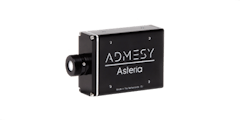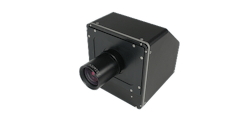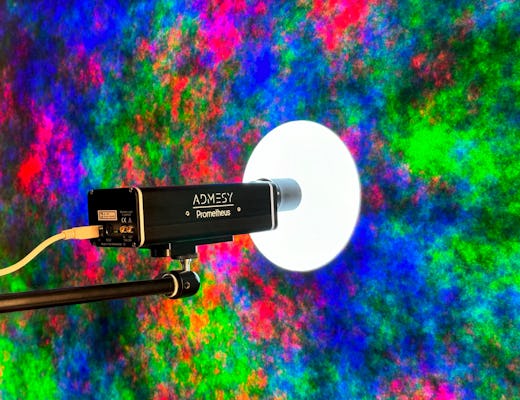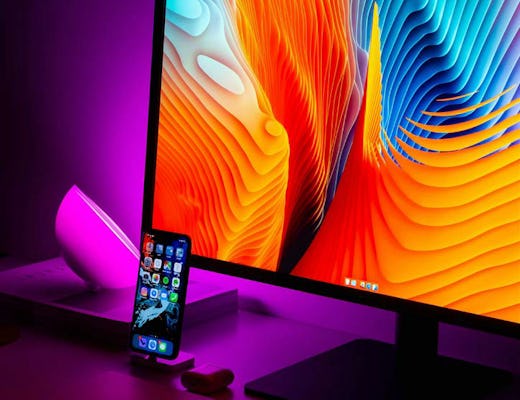
Display
Both large and small size displays can encounter variation in
color, luminance and flicker as a result of variations in production
processes.
Filtering or adjusting these optical characteristics early on in the
production line saves time and increases yield and product quality.
To ensure the end-product quality is up to a high standard it is advisable to test displays at multiple stages during the production process.
Typical display tests include:
- Color analysis, to ensure uniformity of color reproduction of displays
- White point, adjusting white on displays in production settings
- Gamma, adjusting the tonal transfer curve of the display
- Flicker, testing and adjusting flicker supporting contrast min/max, contrast RMS, JEITA, VESA methods
- Response time to determine a display’s reaction speed
The table below gives an overview of different display measurements and corresponding measurement devices.
| Prometheus Colorimeter | Prometheus Spectrometer | Prometheus LF | Asteria | Neo | |
|---|---|---|---|---|---|
| Color | yes | yes | yes | ||
| Flicker | yes | yes | yes | yes | |
| White point adjustment | yes | yes | yes | ||
| Contrast ratio | yes | yes | yes | yes | yes |
| Response time | yes | yes | yes | yes | |
| Spectral | yes | yes |
Related series
How are you measuring?
With fibers and other accessories even more type of measurements are possible. Often used accessories are integrating spheres, cuvettes for fluids, light sources or filter holders.
A cosine corrector collects the light from the half space under 180 degrees. A typical application is the illuminance measurement of a lighting situation.
Consumers are used to enjoy top-quality displays in their mobile phones, tablets, laptops and even cars. Emerging technologies such as lighting surfaces for office and home illumination are expected to look equally perfect. Both displays and luminous surfaces are the main application areas for imaging colorimeters.
Measuring the luminance or color values at a specific location of the device under test is a typical use case when measuring displays. It can, however, also be meaningful to assess reflected light.
PCM2X-271

0.000 025 - 30 000 cd/m²
PCM2X-270
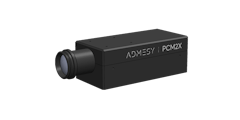
0.000 05 - 60 000 cd/m²
PCM2X-102

0.000 05 - 60 000 cd/m²
PCM2-100
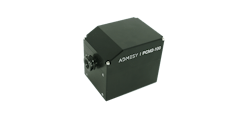
0.0003 - 15 000 cd/m²
Viewfinder Spectrometer

Standard lens 1.2° spot ⌀ 4.56 mm ‑ 6.71 m
Viewfinder Spectrometer

Close up lens 0.75° spot ⌀ 0.96 ‑ 1.47 mm
Colorimeter 2.1 mm
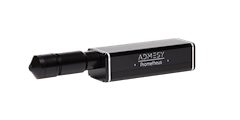
0.001 - 30 000 cd/m²
Colorimeter 5 mm

0.001 - 30 000 cd/m²
Colorimeter 10 mm

0.001 - 30 000 cd/m²
Colorimeter 10 mm wide-angle

0.000 3 - 7 500 cd/m²
Colorimeter 20 mm

0.0003 - 7 500 cd/m²
Colorimeter 27 mm wide-angle

0.0001 - 2 800 cd/m²
Spectrometer
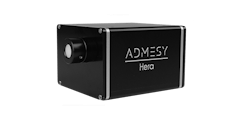
VIS 380 - 780 nm
High-End Spectrometer

VIS 360 - 940 nm


